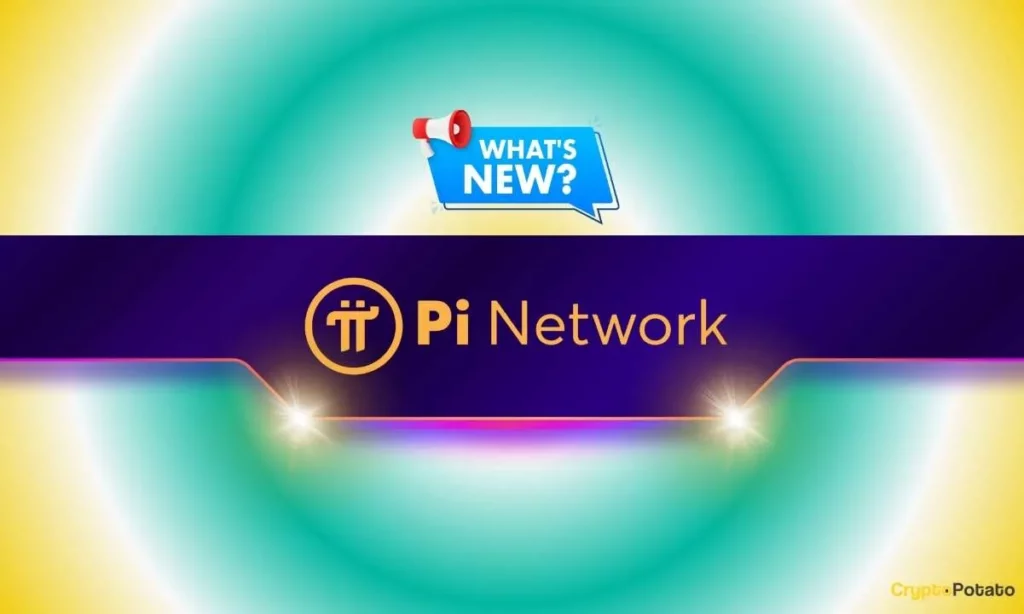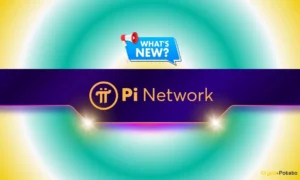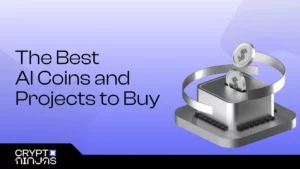
Pi Network’s Pi2Day Event Recap: What You Missed and What It Means
The recent Pi2Day event organized by the Pi Network has come to a close. The 10-day online celebration, which took place from June 28th until July 7th, brought numerous activities and introduced two pivotal features. As it comes to an end, we’ll provide you with a comprehensive overview of the key takeaways.
The first significant aspect to emerge from Pi2Day is the remarkable response by the community. According to the Core Team’s statement, over 2.6 million Pioneers participated in the Ecosystem Challenge, with a substantial portion of these users – nearly 761,000, to be exact – successfully completing every step and receiving their limited-edition username badge and color. This impressive turnout demonstrates the community’s eagerness to explore new features as soon as they are launched.
A vital aspect introduced during Pi2Day is the Pi App Studio, an AI-assisted platform designed for users with or without technical expertise. This revolutionary feature empowers anyone to build and own practical apps within Pi’s decentralized ecosystem. Since its introduction, a staggering 35,000 community members have engaged with this tool, creating over 7,600 chatbots and more than 14,000 custom applications. Some examples of the newly released apps include one focused on providing information about space and another designed to assist users in maintaining a healthier lifestyle.
It is crucial to note that Pi Network does not verify, evaluate, endorse or review the applications launched through the Pi App Studio, available via the Pi Browser. Instead, they emphasize using caution when interacting with these apps.
Furthermore, the event saw the introduction of Ecosystem Directory Staking (EDS), a game-changer for Pi token holders. This innovative feature enables businesses and users to improve the ranking of Pi apps in the Ecosystem Interface by staking Pi tokens on the Mainnet blockchain. Despite being live for less than a month, it has attracted nearly 38 million Pi tokens altogether, with more than 25 million still actively staked. An impressive number of Pioneers, exceeding 16,700, have already taken advantage of this feature.
The staking mechanism allows investors to lock their tokens for a specific period to earn rewards and alleviate selling pressure on the market. Unfortunately, despite these innovative developments, Pi’s price has continued to struggle, decreasing by 10% weekly and nearly 19% monthly to $0.45.
Source: cryptopotato.com


